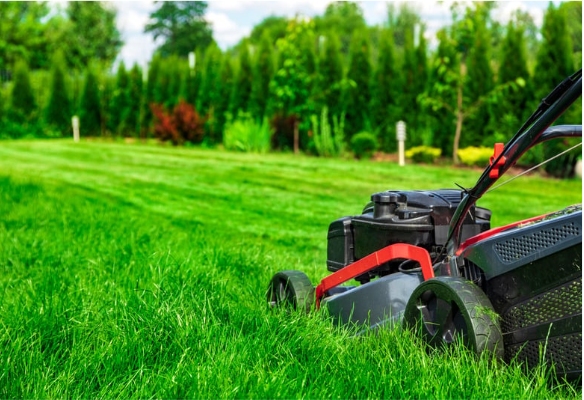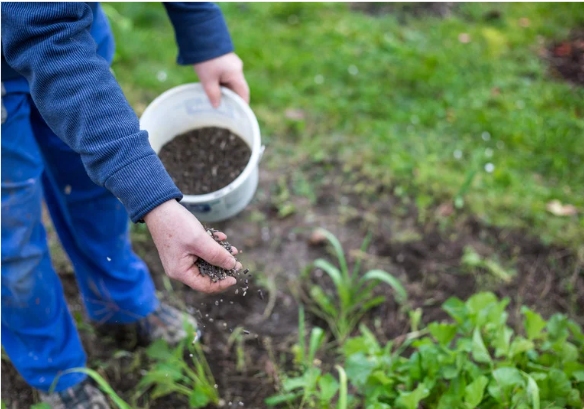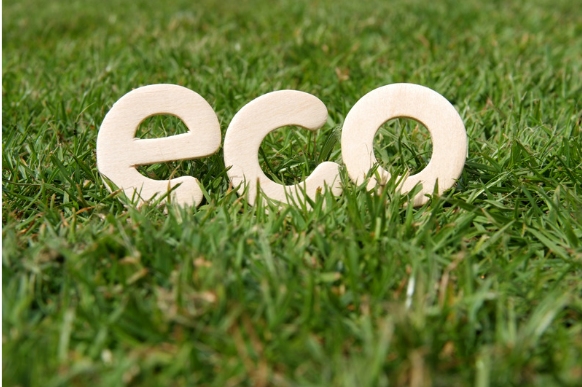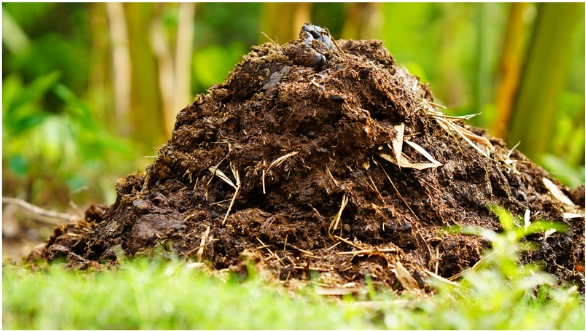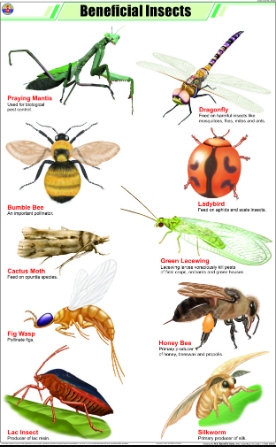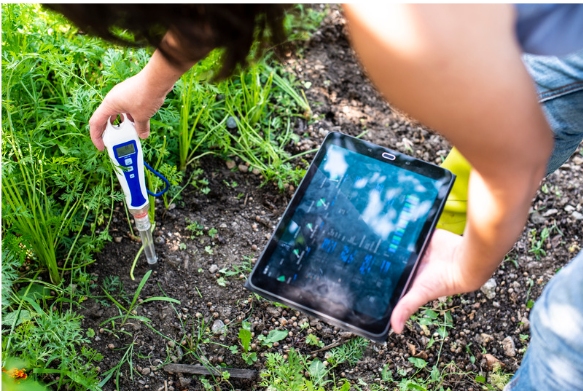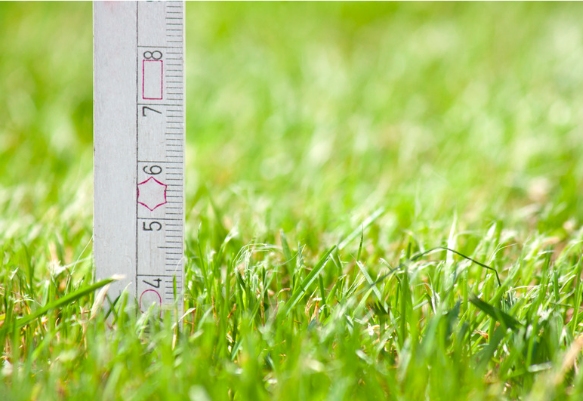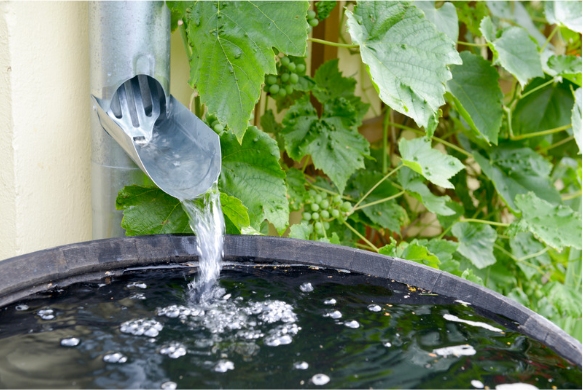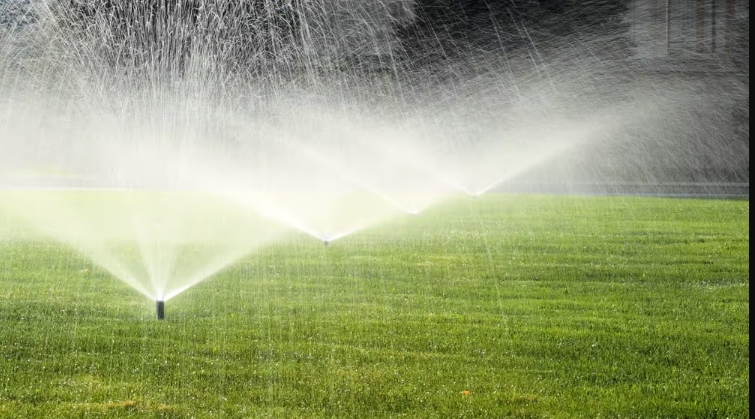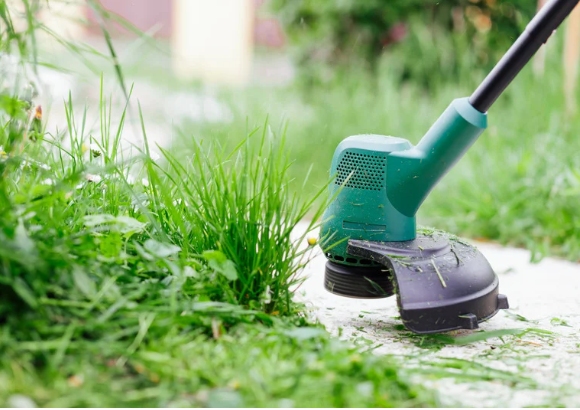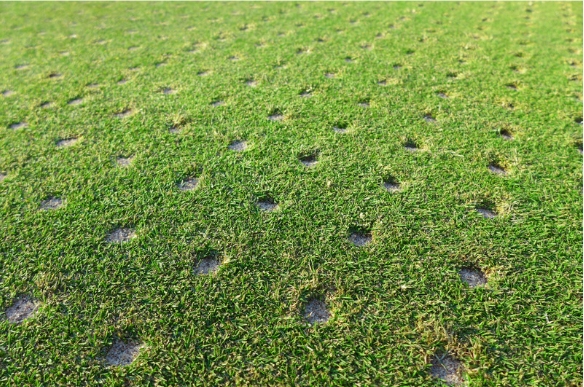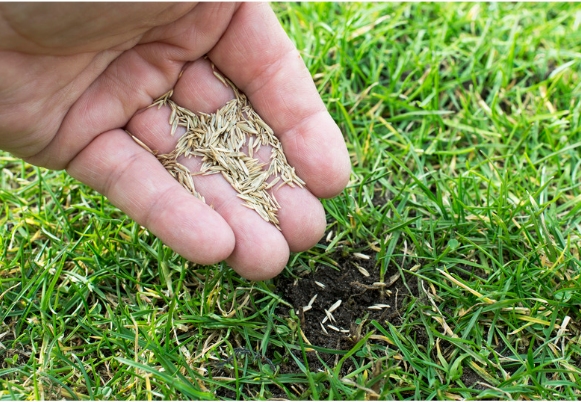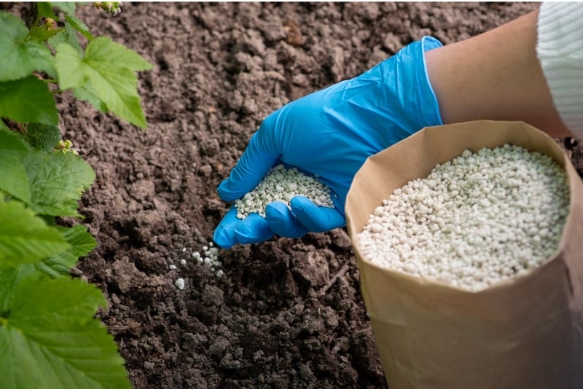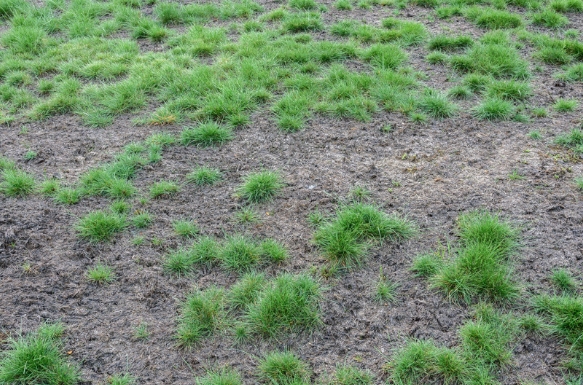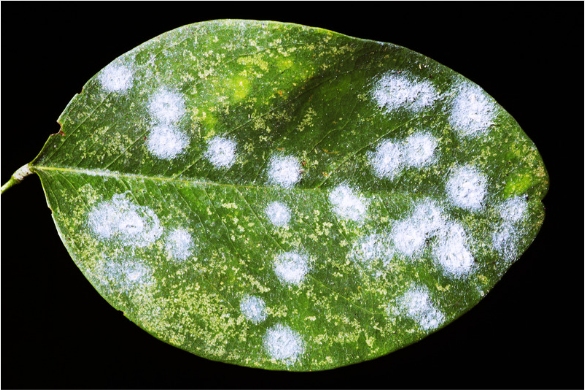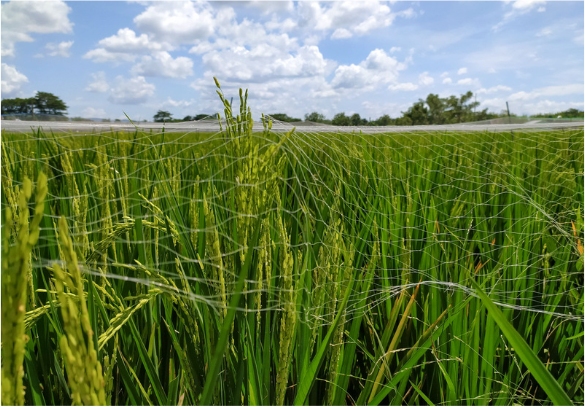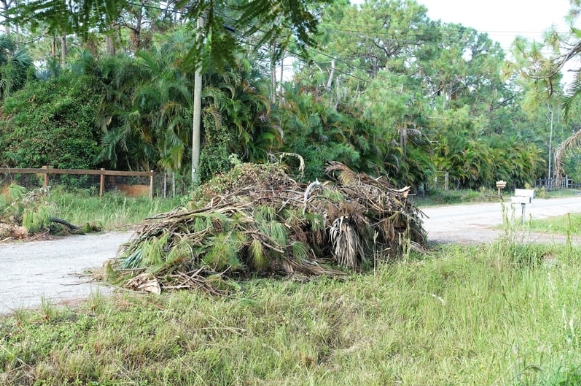Eco Friendly Lawn Care
Eco-Friendly Lawn Care Tips for a Sustainable Yard
Maintaining a lush and beautiful lawn doesn’t have to compromise your commitment to environmental sustainability. With the right techniques and practices, you can achieve a healthy lawn while protecting the environment. This comprehensive guide explores eco-friendly lawn care tips that help you create a vibrant, sustainable yard, emphasizing the benefits of natural and environmentally conscious practices.
Grass clippings can be a valuable resource in maintaining a healthy lawn. Instead of bagging them, use them as natural fertilizer by leaving them on the lawn to decompose, adding nutrients back into the soil. This practice reduces the need for synthetic fertilizers and supports an environmentally friendly lawn.
Incorporating clover lawns is another effective strategy. Clover adds nitrogen to the soil, improving soil structure and reducing the need for chemical fertilizers. It also attracts beneficial insects, enhancing your lawn’s ecosystem.
Organic fertilizer is a key component of an eco-friendly lawn. Unlike synthetic options, organic fertilizers provide nutrients without harming the environment. They improve soil structure, promote deep roots, and support healthy plants.
To further support a sustainable yard, consider using rain barrels to conserve water. Collecting and using rainwater for irrigation helps reduce reliance on municipal water sources and supports an environmentally friendly approach to watering your lawn.
Implementing biological options for pest management reduces the need for harsh pesticides. Encourage natural predators and use organic treatments to manage weeds and pests while protecting local waterways from harmful chemicals.
Proper mowing practices also play a significant role in healthy lawns. Set your mower to a higher setting to promote deep roots and reduce water needs. Regular mowing helps maintain a thick grass cover that outcompetes weeds and improves the overall health of your lawn.
By adopting these eco-friendly lawn care practices, you contribute to a healthier environment and enjoy a beautiful, sustainable yard. Whether you’re managing a new lawn or maintaining an existing one, these strategies support growing plants and create a thriving, environmentally friendly landscape.
1. Opt for Organic Fertilizers
Using organic fertilizers is a key component of eco-friendly lawn care. Unlike synthetic fertilizers, which can contribute to soil degradation and water pollution, organic fertilizers improve soil health naturally. They provide essential nutrients and enhance the growth of beneficial microorganisms in the soil, supporting a healthy lawn and promoting a more environmentally friendly approach to lawn maintenance. Organic options such as corn gluten meal, compost, and manure play a vital role in creating a lush, sustainable landscape.
Corn gluten meal
It is an excellent choice for an environmentally friendly lawn. This natural fertilizer not only provides essential nutrients but also acts as a pre-emergent weed control, effectively managing weeds without the use of harmful chemicals. By incorporating corn gluten meal into your lawn care routine, you can reduce your reliance on synthetic pesticides and maintain a healthier, more eco-friendly lawn.
Compost and Manure
Are additional organic matter sources that significantly benefit your lawn? These materials improve soil structure, enhance nutrient availability, and support the growth of beneficial microorganisms. Incorporating compost and manure into your lawn care practices helps foster a resilient and sustainable yard. Composting plant debris and using manure helps maintain soil health, which supports the growth of native plants and creates a low-maintenance, eco-friendly landscape.
Focusing on organic fertilizers and practices not only contributes to a healthier lawn but also helps conserve water. For example, using rain barrels for irrigation minimizes water waste and supports a more sustainable approach to watering. Additionally, applying organic fertilizers in moderation ensures that your lawn receives the necessary nutrients without overloading the soil with chemicals.
In summary, adopting organic fertilizers and eco-friendly practices is crucial for maintaining a vibrant and sustainable lawn. By reducing the use of synthetic products and embracing natural solutions, you can create a thriving yard that is both environmentally friendly and visually appealing.
2. Practice Integrated Pest Management
Managing lawn pests sustainably involves integrating various control methods to minimize reliance on chemical pesticides. Integrated Pest Management (IPM) combines biological, cultural, and mechanical approaches to manage pests effectively and create an environmentally friendly lawn.
Beneficial Insects
Beneficial insects play a crucial role in this approach. Encouraging natural predators such as ladybugs and lacewings helps control local pests naturally. These beneficial insects are a sign of successful lawn care practices that align with agricultural sciences. Their presence indicates a balanced ecosystem and supports a healthier lawn, demonstrating how sustainable pest management practices can enhance your lawn’s vitality.
Biological options
Further, IPM can be complemented by natural pest repellents and traps. Products like neem oil offer effective pest control without the need for synthetic chemicals. Incorporating these biological options helps manage pests in an eco-friendly lawn and supports the health of your grass and plants. By relying on these natural methods, you reduce the environmental impact of pest control and foster a more sustainable landscape.
Integrating these sustainable practices into your lawn care routine not only helps manage pests but also contributes to maintaining a low-maintenance, thriving, eco-friendly lawn. By minimizing the use of chemical interventions and focusing on natural solutions, you support a healthier environment and create a more resilient, beautiful yard.
3. Enhance Soil Health
Healthy soil is the foundation of a thriving lawn. Improving soil structure and addressing issues like soil compaction can lead to a more resilient and sustainable yard.
Soil Tests
They are crucial for understanding nutrient levels and pH, allowing for targeted adjustments. Conducting regular soil tests ensures that you apply the right amount of organic fertilizer to meet your lawn’s specific needs. This tailored approach supports effective lawn care by aligning with the lawn’s unique requirements and enhancing overall health.
Incorporating organic matter such as compost or aged manure improves soil fertility and fosters a deeper root system, which is essential for drought tolerance and overall plant health. Corn gluten meal not only helps improve soil surface conditions but also promotes healthier grass and a more robust, eco-friendly lawn. Additionally, using bone meal or blood meal further enhances soil structure and nutrient availability, contributing to a thriving and low-maintenance lawn.
These practices are vital for maintaining a healthy lawn and ensuring it remains vibrant and sustainable. By focusing on organic methods and reducing reliance on synthetic fertilizers and chemicals, you promote a more environmentally friendly and resilient landscape.
4. Adopt Sustainable Mowing Practices
Mowing your lawn properly is essential for its health and sustainability. Adjusting your mowing practices can reduce environmental impact and enhance lawn vitality.
Mowing your lawn properly
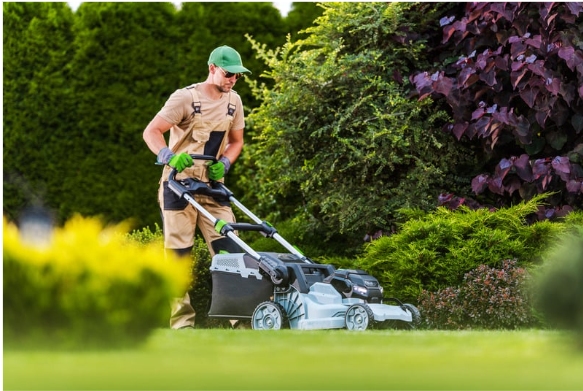
It is essential for its health and sustainability. Adjusting your mowing practices can reduce environmental impact and enhance lawn vitality.
Mowing Height
Set your mower to a higher setting to promote deeper roots and reduce the need for frequent watering. This practice helps the grass become more drought-tolerant and resilient, contributing to a more eco-friendly lawn. A higher mowing height supports healthier lawns by encouraging robust root growth and minimizing water loss.
Mulching Mower
Use a mulching mower to return grass clippings to the soil, providing natural nutrients and reducing the need for additional fertilizer. This practice supports a more environmentally friendly approach to lawn care by recycling nutrients and improving soil structure. Mulching also reduces the amount of plant debris that needs to be disposed of, contributing to a more sustainable and efficient lawn maintenance routine.
These mowing techniques are integral to maintaining a healthy lawn while minimizing the use of synthetic fertilizers and other chemical products. They align with agricultural sciences and principles of eco-friendly lawn care, ensuring your lawn remains vibrant and sustainable.
5. Reduce Water Usage
Water conservation is critical for sustainable lawn care. Implementing strategies to reduce water loss helps maintain a healthy lawn while conserving this precious resource.
Rain Barrels
Collect and store rainwater using rain barrels to irrigate your lawn and garden, reducing reliance on municipal water sources. This practice helps conserve water and supports an environmentally friendly approach to watering. By using collected rainwater, you contribute to a more eco-friendly lawn and reduce the environmental impact of your lawn care routine.
Drought-Tolerant Plants
Incorporate drought-tolerant plants and grasses that require less water and are well-suited to your local climate. This reduces your lawn’s overall water demand and contributes to a more sustainable landscape. By choosing native plants and grasses that are adapted to your region, you improve your lawn’s resilience and reduce the need for extensive watering.
Watering Practices
Water should be used early in the morning or late in the evening to minimize evaporation. Apply water only as needed based on weather conditions and soil moisture to prevent unnecessary water loss. This practice helps maintain the health of your lawn while promoting the efficient use of water resources.
These water-saving techniques are integral to maintaining a healthy lawn while minimizing the use of synthetic fertilizers and other resources, aligning with agricultural sciences and principles of eco-friendly lawn care.
6. Use Proper Lawn Care Techniques
Applying the right lawn care techniques helps maintain a healthy lawn while minimizing environmental impact.
Aeration
Regularly aerate the soil to alleviate compaction and improve water and nutrient absorption. This practice enhances root development and overall lawn health, making it easier for your grass to thrive. Proper aeration improves soil structure, allowing for better fertilizer and pesticide penetration. It also supports a more eco-friendly lawn by reducing the need for excessive watering and synthetic inputs.
Seeding Bare Spots
Address bare spots promptly by overseeding with appropriate grass varieties to maintain lawn density and reduce erosion. By seeding these areas, you prevent the establishment of weeds and other unwanted plants, which can otherwise disrupt the health of your lawn. Proper lawn care ensures that your lawn remains lush and vibrant, minimizing the need for additional fertilizer and supporting an environmentally friendly approach to lawn maintenance.
These techniques, such as aeration and seeding, play a crucial role in creating and sustaining a healthy lawn while aligning with practices that improve soil structure and promote a more eco-friendly lawn.
7. Implement Cultural Practices
Adopting cultural practices that align with environmental sustainability can significantly enhance the health and appearance of your lawn. By implementing these eco-friendly approaches, you support a more resilient and beautiful yard while minimizing your environmental footprint.
Right Plants
Choosing grass and plants suited to your local climate and soil conditions is crucial for creating a sustainable lawn. Selecting native plants and grass varieties that thrive in your region reduces the need for extra resources such as water and fertilizers. This approach not only helps maintain a lush, green lawn but also minimizes the environmental impact of your lawn care routine. By integrating plants that are adapted to your area’s specific conditions, you promote a healthier ecosystem and create a more resilient lawn that requires less intervention.
Proper Fertilization
Applying organic fertilizers in moderation, based on soil test results, ensures that your lawn receives the nutrients it needs without overuse of chemicals. This targeted approach to fertilization prevents excessive nutrient runoff, which can lead to water pollution and other negative environmental effects. By focusing on appropriate fertilizer application, you support the development of healthy plants and contribute to a more eco-friendly lawn care strategy. Avoiding over-fertilization helps maintain soil health and reduces the need for synthetic pesticides.
Incorporating these practices into your lawn care routine not only promotes a healthier and more vibrant lawn but also supports improved soil structure and reduces the reliance on synthetic inputs. By focusing on native plants and proper fertilization techniques, you foster a more sustainable and environmentally friendly lawn that thrives with less feedback and effort.
8. Manage Lawn Diseases
Lawn diseases can significantly impact the health and appearance of your yard. Addressing these issues proactively helps prevent severe problems and minimizes the need for chemical treatments. By taking a proactive approach to disease management, you can maintain a healthier and more resilient lawn.
Monitor for Symptoms
Regularly inspect your lawn for signs of disease, such as discoloration or patches. Early detection is crucial for applying targeted treatments and preventing the spread of lawn diseases. By keeping an eye on your grass and acting promptly when you notice symptoms, you can address problems before they escalate. This proactive approach ensures that your lawn remains healthy and vibrant, reducing the need for more intensive interventions and helping you maintain a lush, green yard.
Cultural Controls
Improving air circulation and sun exposure can significantly help manage lawn diseases effectively. To promote a healthier lawn, avoid excessive thatch buildup and ensure proper spacing between plants. These practices support better airflow and sunlight penetration, which reduces the likelihood of disease. Additionally, adequate mowing and regular inspection of your lawn contributes to maintaining a healthy yard and minimizing the risk of lawn diseases. By implementing these cultural controls, you foster an environment that supports your lawn’s overall health and resilience.
Incorporating these strategies into your lawn care routine helps create a more resilient and vibrant lawn while reducing reliance on chemical treatments. This approach not only enhances the health of your yard but also supports environmentally friendly lawn care practices.
9. Minimize Environmental Impact
Every action you take in lawn care can contribute to a more environmentally friendly yard. By adopting sustainable practices, you enhance the overall health of your lawn and support a healthier environment. Embracing these methods not only helps your lawn thrive but also promotes ecological balance and resource conservation.
Reduce Synthetic Chemicals
Opt for biological options and natural remedies to manage pests and diseases. This approach minimizes the impact of harmful chemicals on your lawn and helps protect local waterways. By choosing eco-friendly alternatives, such as neem oil or organic pest control methods, you contribute to a more sustainable and healthy lawn. These practices reduce the risk of chemical runoff and support the natural balance of your garden ecosystem.
Proper Disposal
Recycle or compost plant debris and other organic waste to minimize contributions to landfills. This practice supports a more sustainable waste management approach, turning grass clippings and other organic material into valuable compost that benefits your lawn. Composting not only reduces landfill waste but also enriches your soil, promoting healthier plant growth. Additionally, using a rain barrel to collect and store rainwater for irrigation helps conserve water and supports environmentally friendly practices.
By incorporating these sustainable practices into your lawn care routine, you create a thriving lawn that benefits both your home and the environment. Embracing these eco-friendly methods ensures that your lawn remains vibrant while minimizing its environmental footprint. With a commitment to these practices, you can achieve a lush, beautiful yard that aligns with your values of environmental stewardship and sustainability.
Conclusion
Adopting eco-friendly lawn care practices is essential for maintaining a beautiful and sustainable yard while minimizing your environmental footprint. By focusing on organic fertilizers, integrated pest management, and efficient water use, you can cultivate a healthy lawn that thrives without relying on synthetic products.
Mowing at the right height is one critical practice. Set your mower to a higher setting to encourage deeper roots and reduce the frequency of watering. Using a mulching mower further enhances soil health by returning grass clippings to the lawn, which adds valuable nutrients and reduces the need for additional fertilizers.
Addressing weeds naturally and using biological options for pest control are also important strategies. Managing pests with natural predators and organic treatments helps maintain a clover lawn that supports beneficial insects while reducing the reliance on chemical pesticides. These approaches not only foster a healthier ecosystem but also contribute to the overall vitality of your lawn.
Proper watering techniques play a significant role in eco-friendly lawn care. Watering early in the morning or utilizing a rain barrel to collect and store rainwater helps conserve water and ensures your lawn receives adequate moisture without unnecessary waste. These practices support efficient water use and contribute to a more sustainable landscape.
By integrating these eco-friendly practices into your lawn care routine, you contribute to a vibrant, sustainable yard that benefits both your home and the environment. Embracing these tips helps you achieve a thriving lawn while supporting a greener planet.
Contact Us
Have questions or need assistance with eco-friendly lawn care? We’re here to help! Whether you’re seeking advice on sustainable practices, need support with specific lawn issues, or want to learn more about our services, don’t hesitate to reach out. Our team of experts is dedicated to providing you with the information and assistance you need to maintain a healthy and beautiful lawn while minimizing your environmental impact.
Request a Free Consultation
Ready to take the next step towards a greener, more sustainable lawn? Request a Free Consultation with our specialists. We will work with you to develop a tailored plan that meets your lawn care needs and aligns with eco-friendly practices. Our goal is to help you achieve a lush, vibrant yard while supporting a healthier planet.
We look forward to helping you create a more vibrant and eco-friendly lawn. Contact us today to get started!

